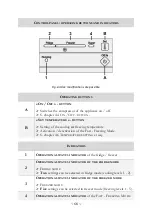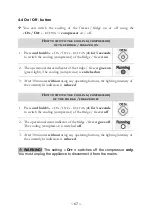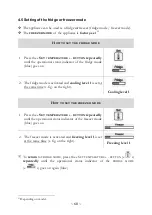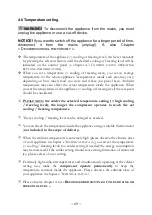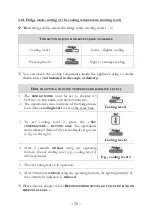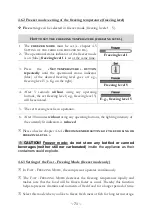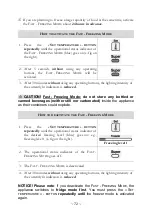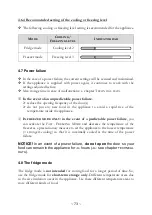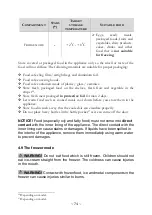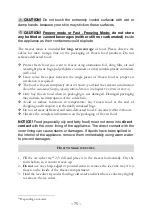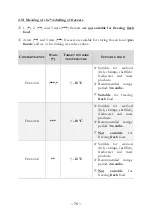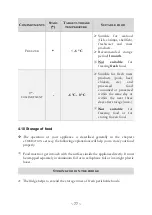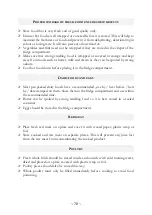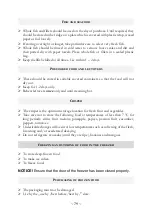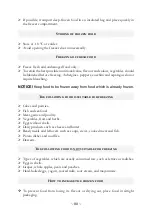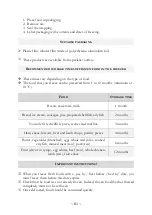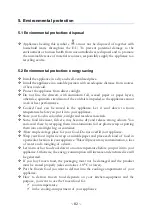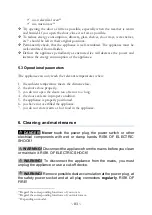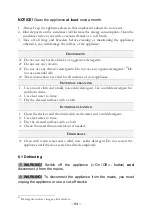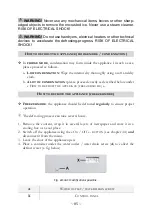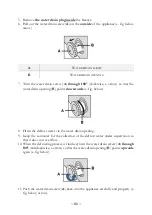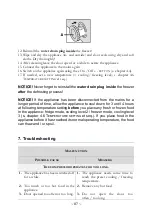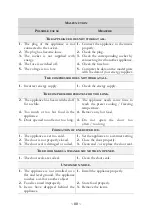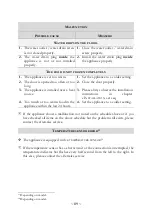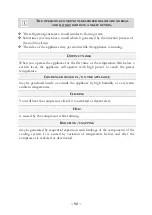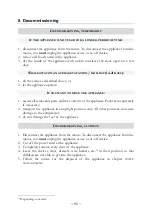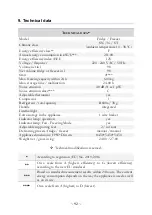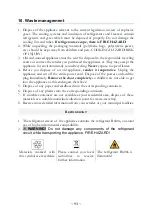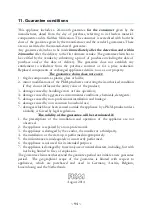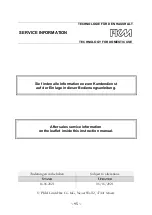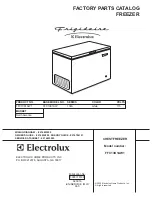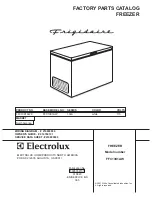
~ 80 ~
➢
If possible, transport deep-frozen food in an insulated bag and place quickly in
the freezer compartment.
S
TORING OF FROZEN FOOD
➢
Store at -18 °C or colder.
➢
Avoid opening the freezer door unnecessarily.
F
REEZING OF FRESH FOOD
➢
Freeze fresh and undamaged food only.
➢
To retain the best possible nutritional value, flavour and colour, vegetables should
be blanched before freezing. Aubergines, peppers, zucchini and asparagus do not
require blanching.
NOTICE!
Keep food to be frozen away from food which is already frozen.
T
HE FOLLOWING FOOD IS SUITABLE FOR FREEZING
➢
Cakes and pastries.
➢
Fish and seafood.
➢
Meat, game and poultry.
➢
Vegetables, fruit and herbs.
➢
Eggs without shells.
➢
Dairy products such as cheese and butter.
➢
Ready meals and leftovers such as soups, stews, cooked meat and fish.
➢
Potato dishes and soufflés.
➢
Desserts.
T
HE FOLLOWING FOOD IS NOT SUITABLE FOR FREEZING
➢
Types of vegetables, which are usually consumed raw, such as lettuce or radishes.
➢
Eggs in shells.
➢
Grapes, whole apples, pears and peaches.
➢
Hard-boiled eggs, yogurt, soured milk, sour cream, and mayonnaise.
H
OW TO PACKAGE THE FROZEN FOOD
❖
To prevent food from losing its flavour or drying out, place food in airtight
packaging.

